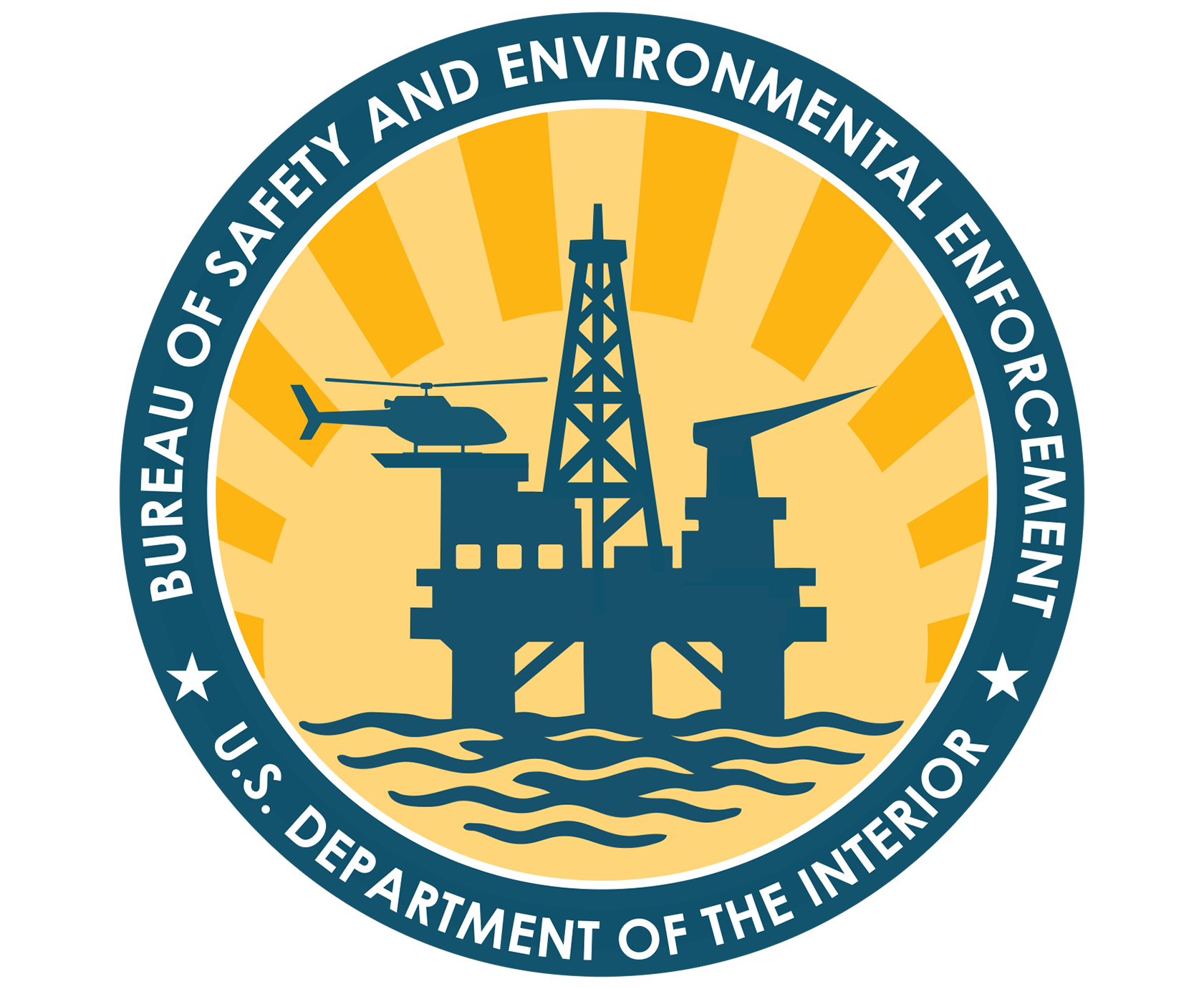The long-term objective of this effort is to ensure safe and efficient oil spill response and recovery methods (as well as wellhead control measures) are developed and in place for potential offshore oil spills from man-made gravel islands in the federal waters off of Alaska. The initial objective is to ensure that a thorough understanding of all historical, technical and scientific issues is gained in order to consider the case for using wellhead burning as a response tool to mitigate the effects of a well blowout from a gravel island. (Note: This work is not in-situ burning of oil contained within fire-booms; rather, it is the ignition of an uncontrolled release of oil and gas from an uncontained well directly at the wellhead after pressure control systems have failed.)
The National Academies of Science, Engineering, and Medicine (NASEM) has completed their peer review of the Interim Final Report titled OSRR 1063: Bureau of Safety and Environmental Enforcement (BSEE) Report: Computational Fluid Dynamics (CFD) Model for Predicting Wellhead Oil-Burning Efficiency at Bench and Intermediate Scales: Interim Report (July 30, 2020). BSEE is working with NRL to address NASEM's comments and where plausible will incorporate their recommendations into the final report. The final report is expected to be completed by December 31, 2021. A no-cost extension to extend the period of performance to March 31, 2022 is in progress.
